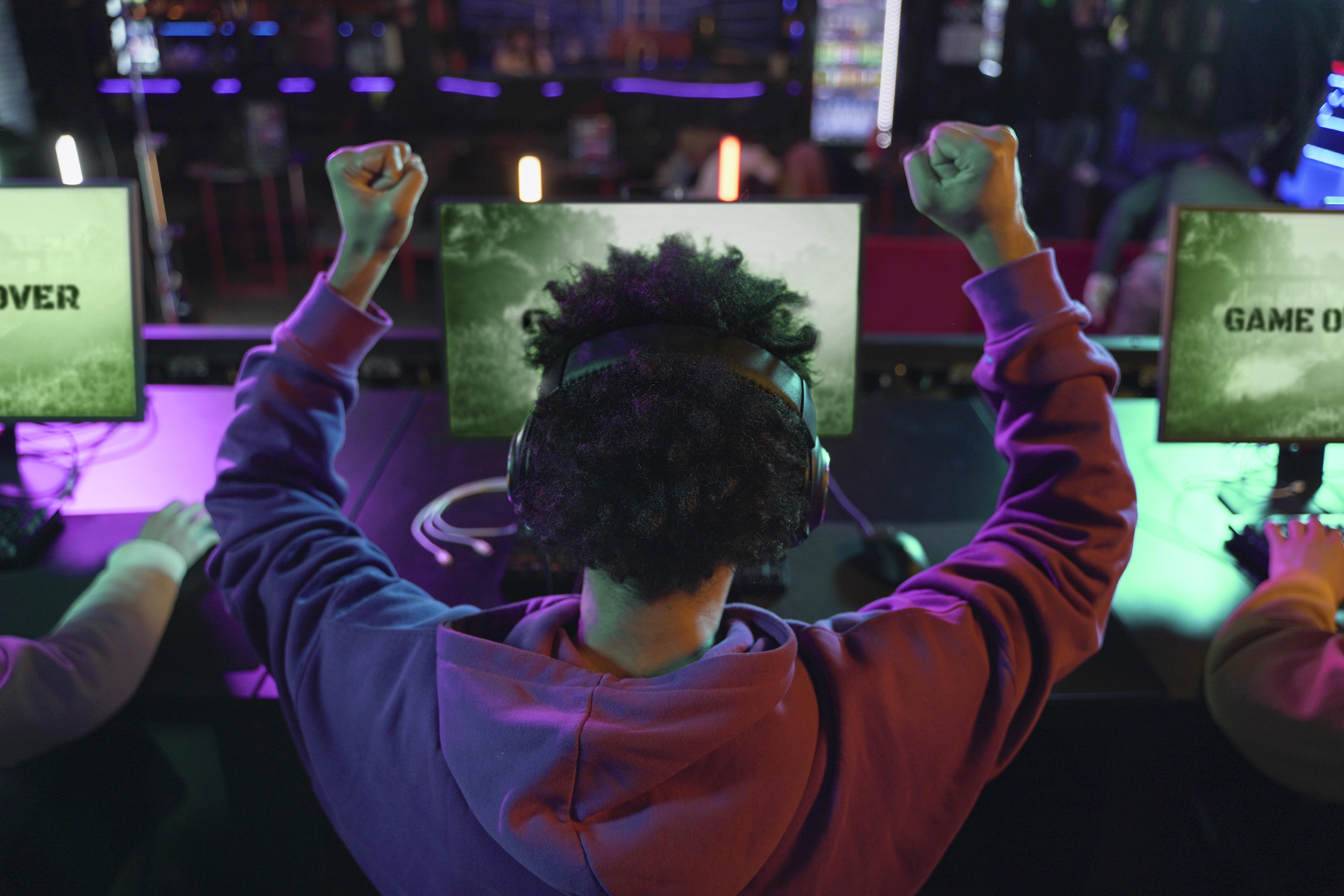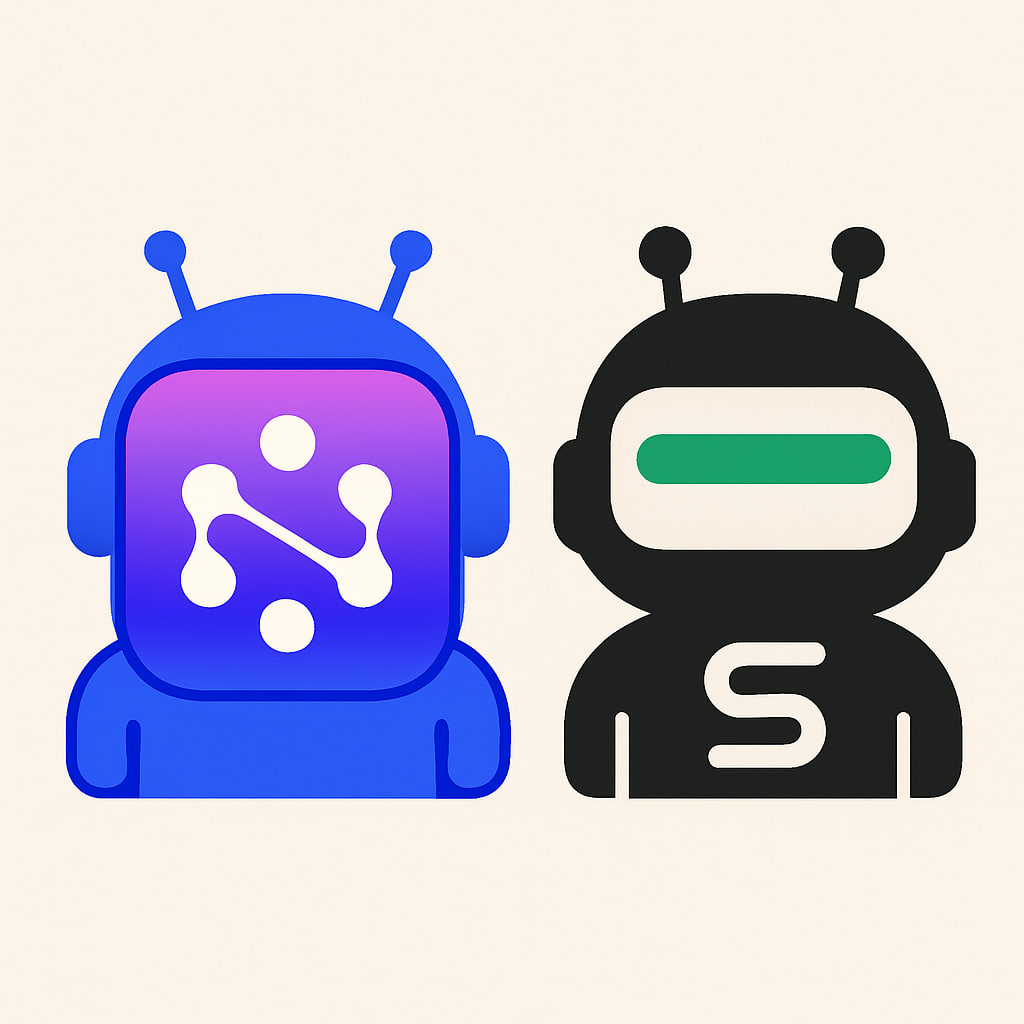Playtesting is a significant step in game development. It serves as a bridge between a developer’s vision and the player’s experience. It involves evaluating a game’s design, mechanics, and overall enjoyment by watching real players interact with the game. This feedback is an invaluable source of information for developers guiding them in refining and improving their creations.
The Importance of Playtesting
The main goal of playtesting is to find and fix problems that may not be obvious during the initial development phases. These problems can be small bugs or major gameplay flaws that could affect a player’s enjoyment. By engaging in playtesting, developers can make sure their games are both functional and fun, resulting in a more successful final product.
Case Study: Schell Games’ Extensive Playtesting
Schell Games’ approach to playtesting shows the importance of this step in game development. In the development of “I Expect You to Die 3” the team conducted over 200 remote VR tests with only one individual doing the majority of the sessions. This ultra-careful testing helped them gather a huge amount of data. By managing and analyzing the feedback they manged to improve the game’s quality. To prove the efficiency of this method it is enough to mention that “I Expect You to Die 3” is now one of the top 50 VR games.
Playtesting with Specific Demographics: Children
When the target audience includes children, traditional testing ways may need helpful change. Gareth Griffiths of Activision Blizzard shared insights from the development of “Skylanders Swap Force” The team understood that kids might react differently than adults, so they adapted their testing to suit younger players. They created child-friendly environments and used communication techniques that were appropriate for kids to gather useful feedback. This approach helped them identify various issues, such as character creation and level design, which they then addressed to enhance the game’s appeal to their young audience.
Innovations in Playtesting: AI Integration
The integration of artificial intelligence (AI) into playtesting shows an important innovation in the field. Jonas Gillberg’s presentation on developing AI bots for testing “Battlefield V” highlights this advancement. By creating bots that are capable of simulating human player behaviors, the development team could conduct extensive testing without the logistical challenges that usually come with coordinating human participants. This approach not only increased efficiency but also provided consistent and repeatable testing scenarios, leading to more powerful game development processes. If you are interested in learning more about the role of AI in the game industry, you can take a look at our previous article on the matter here.
Educational Approaches to Playtesting
Academic institutions have recognized the significance of playtesting in game design education. Carnegie Mellon University, for example, has created workshops for teaching playtesting skills to both graduate and undergraduate students. These workshops focus on three main areas: exploring design options, improving existing designs, and using playtesting to validate ideas for stakeholders. By highlighting trial methods and integrating playtesting into the design process, these programs equip students to tackle real-world challenges in game development.
Psychological Perspectives: Attention vs. Immersion
Understanding player psychology is crucial in designing engaging games. A session titled “Attention, Not Immersion: Making Your Games Better with Psychology and Playtesting, the Uncharted Way” delves into this topic. The discussion challenges the conventional emphasis on immersion, suggesting that focusing on capturing and directing player attention can lead to more engaging gameplay experiences. By applying psychological principles and thorough testing, developers can craft games that resonate more deeply with players.
Playtesting in Industry: Riot Games’ Approach
Industry leaders like Riot Games have developed thorough testing methods to ensure the quality of their products. During a lecture at MIT, Genevieve Conley from Riot Games discussed their playtesting processes. As she mentioned, the company uses a structured approach to quality assurance, incorporating testing at different stages of development. This allows them to identify issues early and continually improve gameplay. As a result, they create polished and engaging games that align with player expectations.
Challenges in Playtesting: Avoiding ‘Evil Data’
Gathering useful and accurate data during playtesting can be difficult. In his session, “Playtesting: Avoiding Evil Data,” Adriaan de Jongh shares insights from six years of experience testing eight games. He highlights the importance of conducting well-organized playtest sessions and avoiding common mistakes that can result in unclear or conflicting data. By following best practices, developers can obtain feedback that is both actionable and beneficial for the game’s development.
Conclusion
Playtesting is a vital part of game development that provides essential feedback to improve and succeed in creating a game. By using different methods, such as player feedback sessions and AI-driven tests, developers can spot problems, boost player engagement, and make sure their games appeal to the right audience. Incorporating psychological principles and customizing approaches for specific groups enhances the playtesting process, resulting in more inclusive and enjoyable gaming experiences.
Q&A Section
What is the primary purpose of playtesting in game development?
The purpose of this step is to evaluate a game’s design, mechanics, and overall enjoyment. It includes watching real players play the game and collecting their feedback to help developers improve and polish the game.
How did Schell Games utilize playtesting in developing “I Expect You to Die 3”?
Schell Games did over 200 remote VR tests. These tests gathered feedback that improved the game’s quality. This effort led to the game’s success, placing it in the top 50 VR games.
What considerations are important when playtesting with children?
When working with children, it’s important to create a friendly environment. Using age-appropriate communication techniques is also crucial. This helps gather valuable feedback, as demonstrated in the development of “Skylanders Swap Force.”
What are the benefits of integrating AI into the playtesting process?
AI integration simplifies playtesting by simulating human behavior in games, which reduces the need for coordinating extensive human testing. This approach provides consistency, repeatability, and efficiency, as demonstrated by the use of AI bots in the development of “Battlefield V.”
How can psychological principles improve the playtesting process?
Developers can create more engaging gameplay by focusing on concepts like attention instead of just immersion. Using psychological principles helps to pinpoint what genuinely attracts players and keeps them interested throughout the game.
What challenges do developers face when gathering playtesting data?
Developers often face challenges with “evil data,” which refers to unclear or conflicting feedback that can slow down their progress. To overcome this, it’s essential to do well-organized tests and adhere to best practices, such as those recommended by Adriaan de Jongh. This approach helps ensure that the feedback collected is both actionable and accurate.
How do academic programs prepare students for real-world playtesting challenges?
Programs like those at Carnegie Mellon University teach playtesting through workshops that draw attention to exploring design options, improving existing designs, and validating ideas. These courses prepare students with the skills to tackle real-world game development challenges.
How do companies like Riot Games structure their playtesting processes?
Riot Games incorporates playtesting at different stages of development to identify issues early and continuously improve gameplay. This structured approach helps them create polished games that meet and go beyond player expectations.
References:
Gamesuserresearch, Gamesfandom, Playtesting, University of California, Irvine, IEEE International Games Innovation Conference, Gameplay Metrics in Game User Research, https://80.lv/




